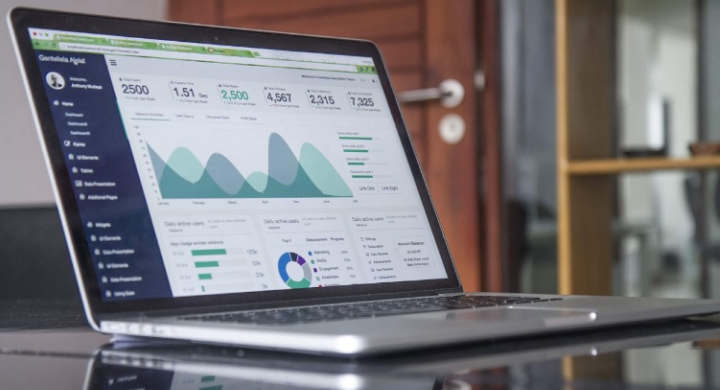
Executive Summary:
This in-depth case study examines the intricate tax planning strategies implemented for StoneBuild Construction by Benchmark IQ Tax Planning. It specifically highlights detailed examples of tax deductions, credits, and depreciation strategies, illustrating their impact on the company's gross revenue and the net take-home pay of the owner, Michael Turner.
Introduction:
StoneBuild Construction, operating primarily in commercial building, faced fiscal inefficiencies despite its substantial gross revenue. In 2023, with earnings of $5 million, StoneBuild engaged BenchmarkIQ Tax Planning for a comprehensive financial strategy overhaul.
Initial Assessment:
Benchmark's thorough assessment identified underutilized tax deductions and credits. They also pinpointed outdated depreciation methods applied to StoneBuild’s assets.

Implementation of Tax Strategies:
Vertex's strategic modifications included:
1. Tax Deductions:
Immediate Expensing of Equipment: StoneBuild regularly invested around $200,000 in tools and equipment. Vertex transitioned these expenses from capital investments to immediate expensing under IRS Section 179, offering an immediate tax relief. - Employee Training Deduction: The introduction of a $50,000 training initiative for employees on new construction technologies and safety protocols was classified as a fully deductible business expense, enhancing employee skills while reducing taxable income.
2. Tax Credits:
Renewable Energy Incentives: By integrating solar panels in their construction projects, StoneBuild secured a Renewable Energy Systems Tax Credit of $40,000, a significant boost given the increasing trend towards sustainable building. - Work Opportunity Tax Credits (WOTC): The hiring of five veterans and three long-term unemployed personnel qualified StoneBuild for the WOTC, bringing in an additional tax credit of $24,000.
3. Depreciation Strategies:
Accelerated Depreciation on Heavy Machinery: Vertex advised utilizing MACRS for newly acquired heavy machinery worth $1 million. This allowed StoneBuild to claim a 20% depreciation in the first year, as opposed to the standard 10% with straight-line depreciation, significantly reducing their taxable income. - Section 179 for Office Equipment: StoneBuild also acquired new office equipment and technology worth $150,000. Applying Section 179, the entire amount was deducted in the purchasing year, rather than distributing the cost over several years.
Financial Impact:
The strategic tax planning led to:
Reduction in Taxable Income
These methods brought down taxable income from $5 Million to $3.6 Million.
Decreased Tax Liability
StoneBuild saw a reduction in tax liability by $280,000, attributed to the effective use of deductions and credits.
Boost in Net Profit
As a result, the company's net profit increased significantly due to the reduced tax burden and optimized expense management.
Impact on Owner’s Take-Home Pay:
The owner, Michael Turner, experienced a substantial 35% increase in his personal take-home pay, directly benefiting from the enhanced profitability of his business.
Future Financial Planning:
Encouraged by these results, StoneBuild plans to maintain its collaboration with Vertex Tax Planning, aiming to sustain this financial efficiency and explore future tax-saving avenues.


Conclusion:
This case study underscores the vital role of specialized, detailed tax planning for construction companies. StoneBuild's experience shows that with targeted strategies in tax deductions, credits, and depreciation, a construction company can significantly improve its financial performance and positively impact the owner's personal earnings.
